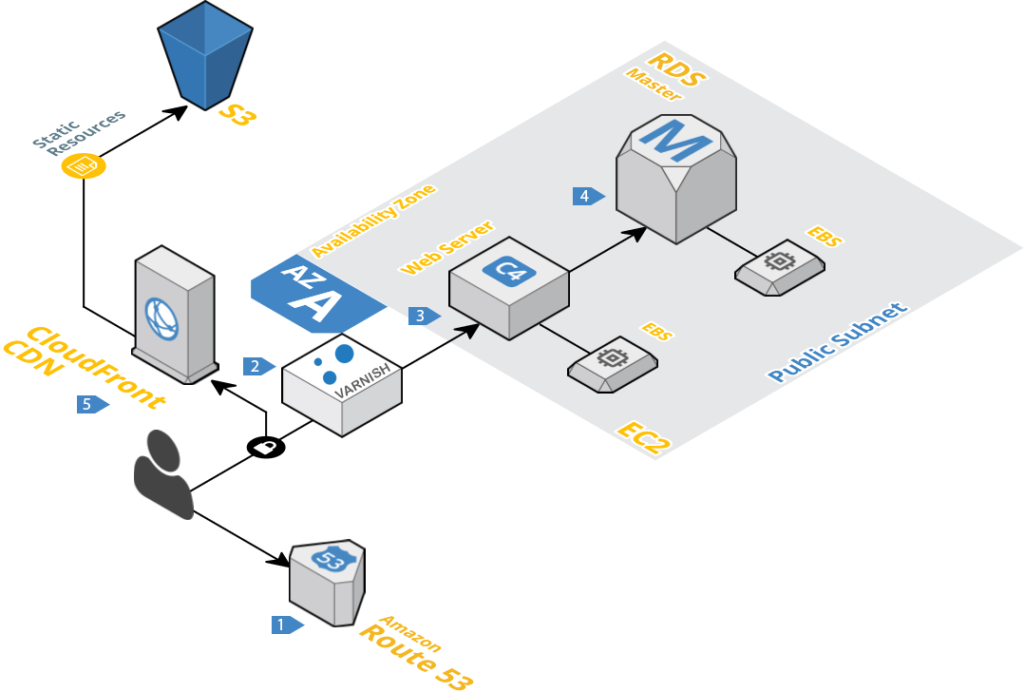Big shifts are already in motion, and have become even more prominent during 2020, retail is shifting to digital. New consumer behaviors formed during the pandemic, and there has been a visible growing preference toward e-commerce and online shopping. Online orders are increasing, customers are more and more demanding in terms of online experience. This trend really makes the retailers or business owners pay more attention to their business online presence and focus on optimizing their website in several aspects – one of which is improving their website performance and prevent down time due to high traffic.
In recent times, we have also received a lot of questions from retailers on how to optimize their Magento website and ensure its stability. One of the most commonly-asked questions is “Is it possible to set up a multi-hosting server for Magento site performance and what is the solution?” Let us uncover in the following.
What is “a multi-server”?
Multi-server systems include more than one server, and these provide service to the customers arriving into the customer queue(s). The models of multi-server systems can be designed with several similar servers or with different types of servers.

Who needs multi-servers?
Businesses having a large number of online orders via their website may be in need the most. The use of the multi-server system in the business generally helps guarantee high performance and uptime, sustains security, and enables more efficient resource allocation. There are many other benefits of dividing the resources onto many servers, and on each server running changed operating systems.
When are multi-servers suitable for use?
If the demand for service is high enough, it may be necessary to add more servers. If the customer waiting time is too high and/or the throughput (the number of serviced customers) is too low, more servers should be included to improve the performance of the model. If the demand for service is much greater than the service capacity of the system, then adding more servers can be justified to enhance Magento site performance. (If you are learning or researching more about Magento, you can refer to our articles on Magento knowledge and real cases to better optimize your own site.)
On the other hand, if the arrival rate of a system is not high enough, it may not be convenient to increase the number of servers because the server utilization will be lower.
If the definition & usage of multi-server is clear, it’s prompt for another question: “How many Magento instances do I need if I have multi servers?”

As mentioned above, the purpose of hosting a website on multi servers is to optimize its speed and performance, it doesn’t relate to the number of Magento instances. Hence, only 1 Magento environment is enough. In case, you are still wondering whether you should use a multi-server to increase your Magento site performance, let us help you out with a talk with our consultants.





